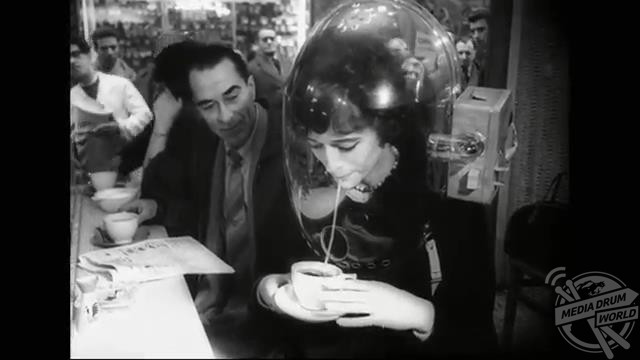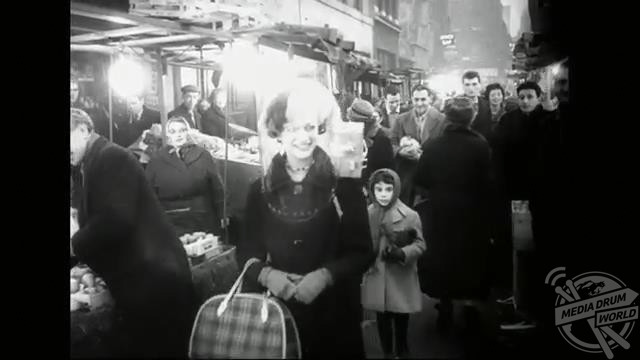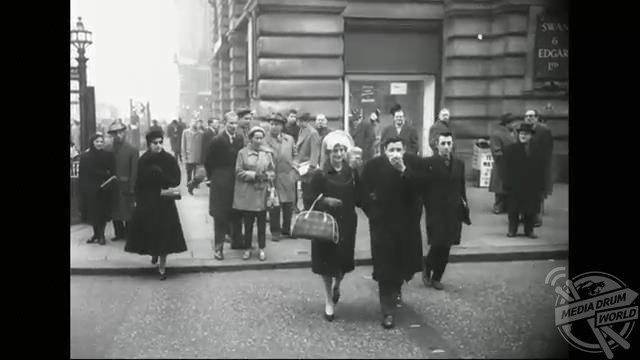By Liana Jacob
WITH RECENT research revealing that up to 50K people die of air pollution in the UK each year a quirky video has been unearthed showing how our forebears proposed we tackle the infamous smog of 1950’s London.
The amusing footage shows a woman dressed in black wearing the mask, which looks similar to an outlandish space helmet, walking down a crowded street where she draws stares and bemused faces.
Another clip reveals how the mask works, with a man using a lit match to light up a wick in a compartment attached to the side of the mask. He then switches a fan on.

The last shot shows the woman sipping her tea through a straw which is fed in the hole of the mask.
The purpose of the smart device was to block out thick smog or polluted air, to avoid the possibility of breathing it in.
“It’s a smog mask carrying a few cubic beads of pure salubrious air for its wearer to breathe, complete with a candle power defroster.

“A bit cumbersome, murmur the sceptical, but some people persist to try and do something about the weather; if you can’t change it, shut it out, which is the general idea behind this space helmet type gadget,” the narrator said.
The motion picture called Smog Helmet Is Snug was produced by MCA and Universal Pictures in February 1959.
The Great Smog of London was a severe air-pollution crisis that impacted the British capital in early December 1952. Recent research reveals that over 12,000 people died during the incident in the capital.

It was a period of cold weather, mixed with an anticyclone and windless conditions, collected airborne pollutants to form a thick layer of smog over the city, which was brushed off by Winston Churchill, who was the Prime Minister at the time, dismissing it as a ‘weather event’.
The Clean Air Act 1956 was an Act passed in response to the event but wasn’t in effect until 1964 and sponsored by the Ministry of Housing and Local Government in England and the Department of Health in Scotland.
It introduced a variety of measures to reduce air pollution, including ‘smoke control areas’ in some towns and cities where only smokeless fuels could be burned.

By ushering homes’ sources of heat towards cleaner coals, electricity, and gas, it reduced the amount of smoke pollution and sulphur dioxide from household fires.
“As for being impractical – not at all. It’s ingeniously adapted for the wearer’s convenience. All social amenities may be observed,” the narrator said.
“And sustenance can be taken in. A girl could even fit a new chapeau under that dome.”






